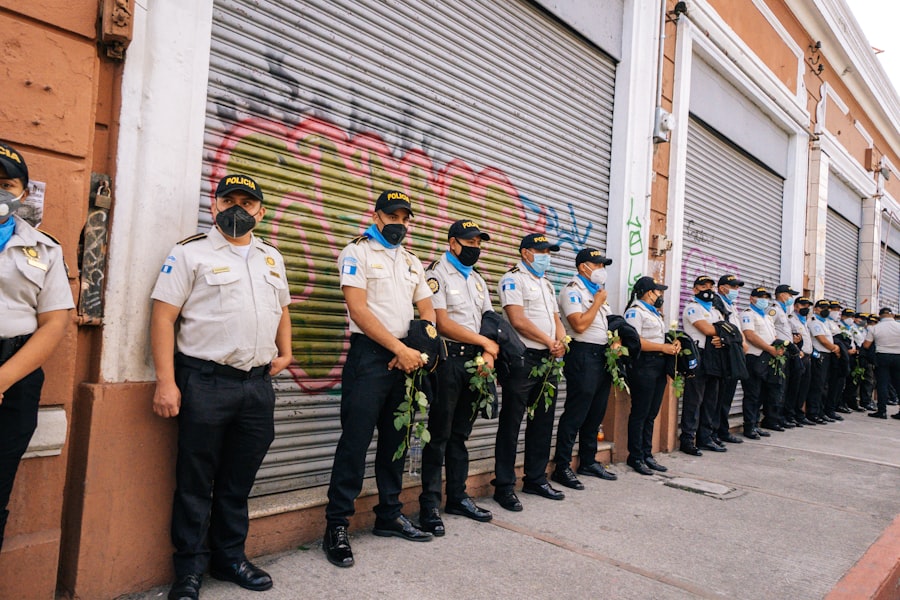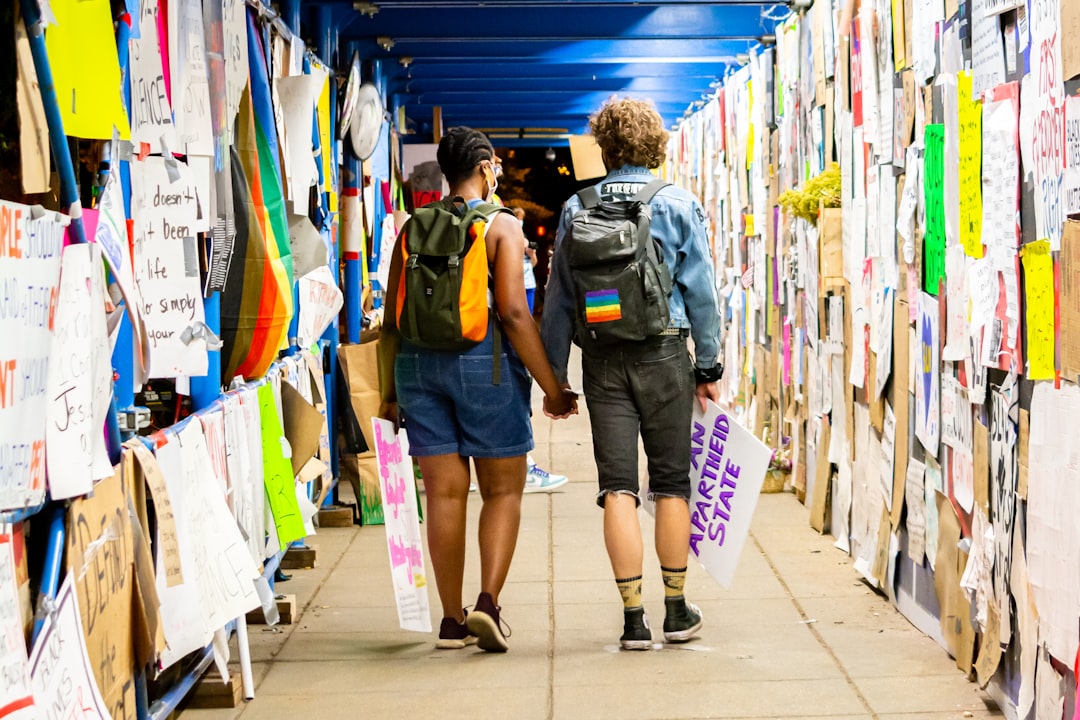The Maratha Empire, which emerged in the 17th century under the leadership of Chhatrapati Shivaji Maharaj, was a formidable force in Indian history. It played a crucial role in resisting Mughal dominance in the Deccan region and later expanded its influence across much of India. The Marathas were known for their guerrilla warfare tactics, which allowed them to effectively challenge larger and more established armies.
Their administrative innovations and military prowess laid the groundwork for a regional power that would significantly shape the political landscape of India. However, by the 18th century, the empire began to decline due to internal strife, external pressures from colonial powers, and the rise of rival factions. In contrast, the Birsaite Ulgulan uprising, led by Birsa Munda in the late 19th century, arose from a different context.
The Munda tribe, primarily located in the Chotanagpur plateau region of present-day Jharkhand, faced severe exploitation under British colonial rule and local zamindars. The British policies, particularly the introduction of land revenue systems and forest laws, disrupted traditional tribal livelihoods and led to widespread discontent. Birsa Munda emerged as a charismatic leader who sought to unite the tribal communities against colonial oppression and restore their rights over land and resources.
His movement, known as Ulgulan or “The Great Rebellion,” was characterized by a blend of religious revivalism and anti-colonial sentiment.
Key Takeaways
- The Maratha and Birsaite Ulgulan Uprisings were significant movements in Indian history, driven by the desire for social and economic justice.
- The causes of the uprisings included agrarian distress, exploitation by landlords and moneylenders, and the oppressive policies of the British colonial government.
- Leaders and participants of the uprisings included figures like Rani Lakshmibai, Tatya Tope, and Birsa Munda, who inspired and mobilized the masses to fight for their rights.
- The tactics and strategies used in the uprisings included guerrilla warfare, surprise attacks, and the use of local knowledge and terrain to outmaneuver the British forces.
- The uprisings had a lasting impact on Indian history, leading to the weakening of British colonial rule and inspiring future generations to continue the fight for independence and social justice.
Causes of the Uprisings
The causes of the Maratha uprising can be traced back to a combination of socio-political and economic factors. The decline of the Maratha Empire was marked by infighting among various factions, leading to weakened central authority. The rise of British colonial power further exacerbated these issues, as they exploited divisions within the empire to expand their control.
The imposition of heavy taxes and the loss of traditional rights over land alienated many Maratha peasants and warriors. Additionally, the British employed a policy of annexation that undermined the autonomy of local rulers, leading to widespread resentment among those who had once enjoyed relative independence. On the other hand, the Ulgulan uprising was primarily fueled by the oppressive policies of the British colonial administration.
The imposition of forest laws restricted access to traditional lands and resources, further marginalizing these communities. Birsa Munda’s movement was also a response to the socio-religious changes brought about by missionary activities in the region, which many tribal people perceived as a threat to their cultural identity.
The combination of economic exploitation, cultural alienation, and political disenfranchisement created a volatile environment ripe for rebellion.
Leaders and Participants of the Uprisings

The Maratha uprising saw several prominent leaders emerge during its tumultuous period. Among them was Baji Rao II, the last Peshwa of the Maratha Empire, who attempted to rally support against British encroachment. His leadership was marked by attempts to forge alliances with other regional powers and mobilize Maratha warriors to resist British advances.
However, his efforts were often hampered by internal divisions within the Maratha ranks and a lack of cohesive strategy against a well-organized British military force. Other notable figures included leaders like Raghunath Rao and Madhav Rao II, who played significant roles in various campaigns against British forces. In contrast, Birsa Munda stood out as a singular figure in the Ulgulan uprising.
His ability to galvanize support among diverse tribal groups was remarkable; he united not only Mundas but also other tribes like the Oraons and Kharias under a common cause. Birsa’s charisma and vision for a society free from colonial oppression inspired many to join his movement. He emphasized a return to traditional tribal values and practices while simultaneously advocating for social reforms within his community.
The participation of women and youth in his movement further highlighted its grassroots nature, as they took on active roles in protests and mobilization efforts.
Tactics and Strategies Used in the Uprisings
The Maratha uprising employed a range of tactics that reflected their guerrilla warfare heritage. The Marathas were adept at using their knowledge of local geography to launch surprise attacks on British supply lines and military outposts. They often engaged in hit-and-run tactics, which allowed them to inflict damage on British forces while minimizing their own casualties.
The use of cavalry was particularly effective in these operations, as it enabled rapid movement across difficult terrain. Additionally, the Marathas sought to exploit divisions within British ranks by forming temporary alliances with other regional powers or discontented factions. In contrast, Birsa Munda’s Ulgulan uprising utilized both traditional tribal warfare tactics and innovative strategies that resonated with local sentiments.
His movement organized mass gatherings and rallies that served both as platforms for mobilization and as expressions of cultural pride. The use of symbols such as the “Munda Raj” flag fostered a sense of unity among participants, while also serving as a rallying point for those disillusioned with colonial rule.
Impact of the Uprisings on Indian History
The Maratha uprising had far-reaching implications for Indian history, particularly in shaping anti-colonial sentiments that would later manifest in various forms throughout the subcontinent. Although ultimately unsuccessful in restoring Maratha power, it laid the groundwork for future resistance movements against British rule. The legacy of Maratha resistance inspired subsequent generations to challenge colonial authority, contributing to a growing national consciousness that would culminate in India’s struggle for independence in the 20th century.
Furthermore, it highlighted the complexities of regional politics in India, illustrating how local grievances could intersect with broader anti-colonial narratives. The Ulgulan uprising also marked a significant moment in Indian history by bringing tribal issues to the forefront of national discourse. Birsa Munda’s movement not only challenged colonial exploitation but also sought to address social injustices faced by indigenous communities.
The uprising galvanized support for tribal rights and highlighted the need for policies that recognized their unique cultural identities and land rights. In subsequent years, Birsa’s legacy would inspire various movements advocating for tribal autonomy and rights within independent India, emphasizing the importance of inclusive governance that respects diverse cultural heritages.
Legacy of the Uprisings

The legacy of the Maratha uprising is multifaceted; it serves as a reminder of the resilience and adaptability of regional powers in the face of colonial encroachment. The Marathas’ struggle against British rule is often viewed through the lens of national history, where their efforts contributed to a broader narrative of resistance that would eventually lead to India’s independence. Their emphasis on local governance and autonomy continues to resonate in contemporary discussions about federalism and regional identity within India.
Similarly, Birsa Munda’s Ulgulan uprising has left an indelible mark on Indian society, particularly among tribal communities. His vision for a society free from oppression continues to inspire movements advocating for social justice and equity today. The recognition of tribal rights has gained momentum in recent decades, with various policies aimed at addressing historical injustices faced by indigenous populations.
Birsa’s legacy is celebrated annually on Birsa Munda Jayanti, where his contributions are honored not only as part of tribal history but also as integral to India’s broader struggle against colonialism. Both uprisings serve as powerful reminders of how localized movements can have profound implications for national identity and social justice. They highlight the importance of understanding history through multiple lenses—regional, cultural, and political—allowing for a richer appreciation of India’s diverse heritage and ongoing struggles for equity and representation in contemporary society.
The Maratha and Birsaite Ulgulan Uprisings were significant events in Indian history that challenged the oppressive British colonial rule. To gain a deeper understanding of the sociological perspectives behind such uprisings, one can read the article “Exploring the Key Concepts of Jainism” can provide insights into the spiritual and ethical foundations that may have influenced the leaders of these uprisings. Understanding the crucial ecological roles of microbes and lower cryptogams in ecosystems, as discussed in “The Crucial Ecological Roles of Microbes and Lower Cryptogams in Ecosystems”, can also shed light on the environmental context in which these uprisings took place.
FAQs
What were the Maratha and Birsaite Ulgulan Uprisings?
The Maratha and Birsaite Ulgulan Uprisings were two separate rebellions that took place in India during the 19th and 20th centuries. The Maratha Uprising occurred in the early 19th century, while the Birsaite Ulgulan Uprising took place in the late 19th and early 20th centuries.
What were the causes of the Maratha Uprising?
The Maratha Uprising was primarily a response to the oppressive policies of the British East India Company, as well as the economic and social hardships faced by the Maratha people. The Marathas, who were a prominent warrior community in western India, were discontent with the loss of their power and influence under British rule.
What were the causes of the Birsaite Ulgulan Uprising?
The Birsaite Ulgulan Uprising was led by the tribal leader Birsa Munda and was a reaction to the exploitation and oppression faced by the tribal communities in the Chotanagpur plateau region of present-day Jharkhand, India. The uprising was a response to the British colonial policies, as well as the social and economic marginalization of the tribal communities.
What were the outcomes of these uprisings?
Both the Maratha and Birsaite Ulgulan Uprisings ultimately failed to overthrow British rule, but they did serve as important moments of resistance and rebellion against colonial oppression. These uprisings also contributed to the broader Indian independence movement and the eventual overthrow of British colonial rule in India.























+ There are no comments
Add yours